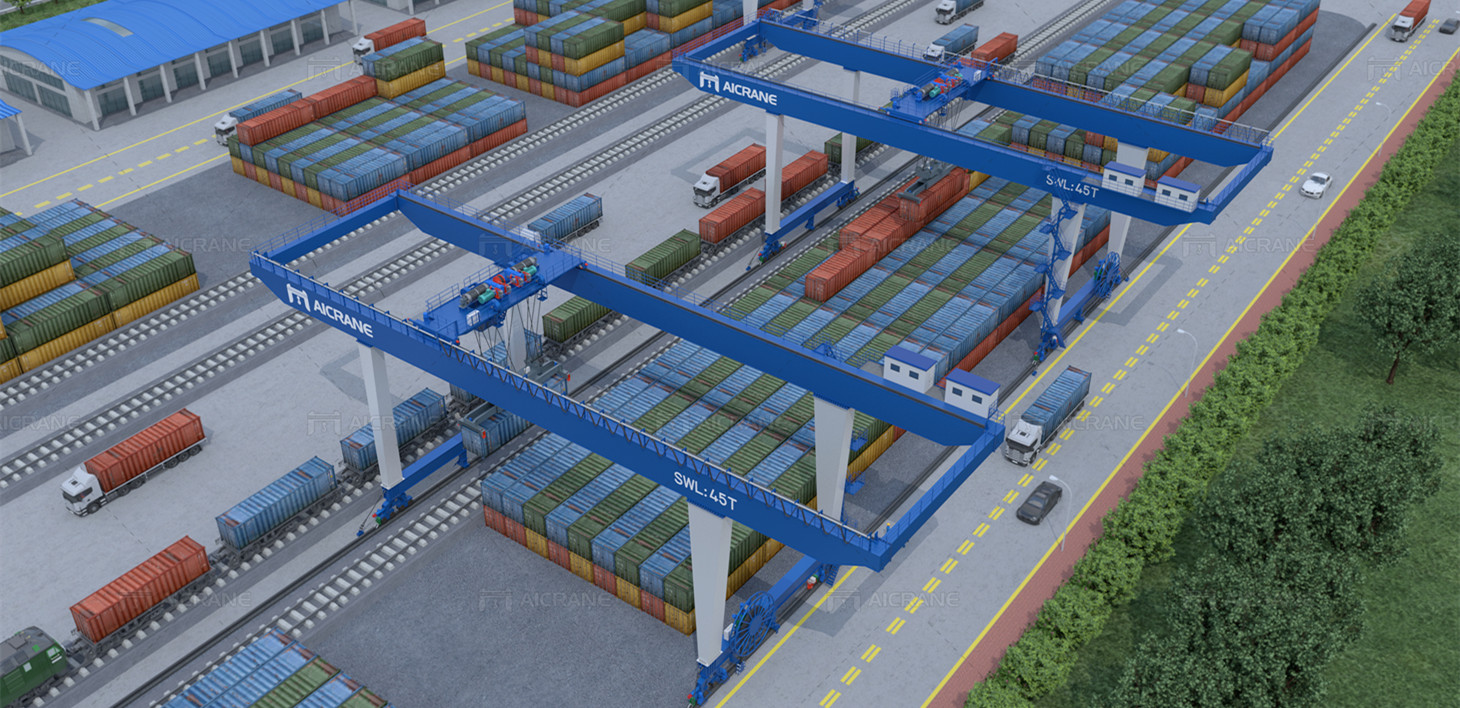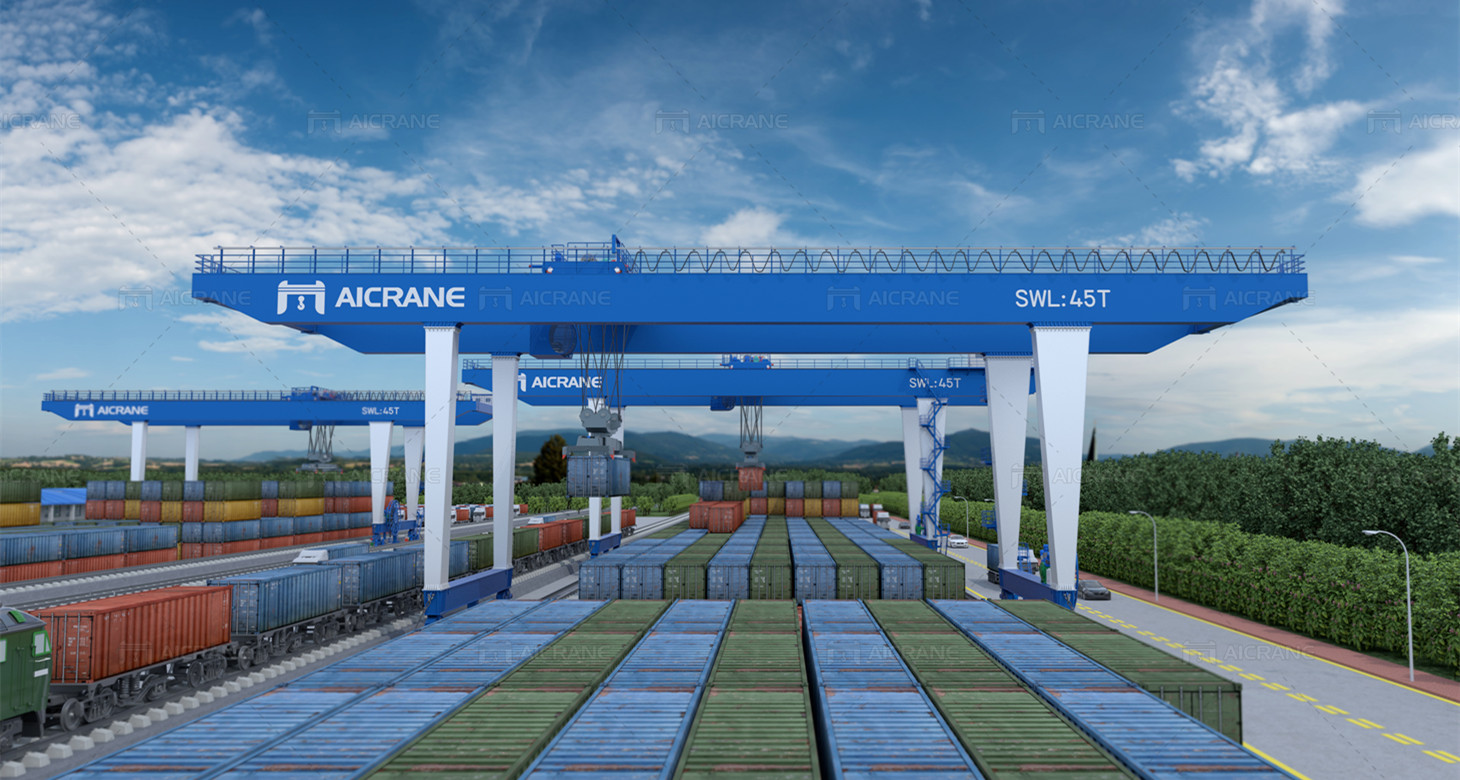Container gantry cranes are essential pieces of equipment for ports and shipping yards, facilitating the efficient movement of containers between ships, trucks, and storage areas. Whether you are expanding your existing operations or setting up a new facility, finding the right container gantry crane for sale can significantly impact your productivity and operational efficiency. Here’s a comprehensive guide to help you navigate the process of finding and purchasing a container gantry crane.

Understand Your Requirements
Before starting your search, it is crucial to have a clear understanding of your specific needs. Consider the following factors:
Capacity: Determine the maximum weight the crane needs to lift. Container heavy duty gantry cranes come in various capacities, typically ranging from 20 tons to over 100 tons.
Span and Height: Measure the span (distance between the rails) and the height required to lift containers. This will depend on the size of your containers and the layout of your facility.
Lifting Speed: The speed at which the crane can lift and lower containers can affect your overall productivity.
Operational Environment: Consider environmental conditions such as wind speed, temperature, and corrosive elements that might affect the crane’s performance and longevity.
Power Source: Decide whether you need an electric, diesel, or hybrid-powered container gantry crane based on your operational needs and environmental considerations.
Research Different Types of Container Gantry Cranes
There are various types of container gantry cranes, each suited to different applications:
Rail Mounted Gantry (RMG) Cranes: These are fixed cranes that run on rails and are ideal for port operations with high container throughput.
Rubber Tyred Gantry (RTG) Cranes: These cranes are mobile and can move around the yard on rubber tires, providing flexibility in container handling.
Ship-to-Shore (STS) Cranes: Used for loading and unloading containers directly from ships, these cranes are crucial for port operations.
Straddle Carriers: Although not traditional gantry cranes, straddle carriers are used in conjunction with gantry cranes to move containers within the yard.
Identify Potential Suppliers
Once you have a clear understanding of your requirements, the next step is to identify potential suppliers. Here are some strategies to find reliable suppliers:
Online Research: Use search engines to find manufacturers and suppliers of container gantry cranes. Visit their websites to learn more about their products and services.
Industry Directories: Look for industry-specific directories that list manufacturers and suppliers of port equipment.
Trade Shows and Expos: Attend trade shows and expos related to port and shipping industry to meet suppliers and see their products in person.
Networking: Reach out to industry contacts, colleagues, and other businesses in the port industry for recommendations on reliable gantry crane suppliers.

Evaluate Suppliers
After identifying potential suppliers, evaluate them based on the following criteria:
Reputation: Check the supplier’s reputation in the industry. Look for customer reviews, testimonials, and case studies.
Experience: Consider the supplier’s experience in manufacturing and supplying container gantry cranes. Experienced suppliers are more likely to provide reliable products and services.
Product Quality: Assess the quality of the container gantry cranes offered by the supplier. Look for certifications, compliance with industry standards, and details about the materials and technology used.
Customization: Determine if the supplier can customize the container gantry crane to meet your specific requirements.
After-Sales Service: Ensure the supplier offers comprehensive after-sales service, including installation, training, maintenance, and spare parts availability.
Price: Compare prices from different suppliers. While cost is important, it should not be the sole determining factor. Consider the overall value offered by the supplier.
Request for Proposals (RFPs) and Quotes
Once you have shortlisted potential suppliers, request detailed proposals and quotes. An RFP should include:
Technical Specifications: Detailed specifications of the container gantry crane, including capacity, span, height, lifting speed, and power source.
Customization Options: Any customization options you require.
Delivery Time: Estimated delivery time from order placement to installation.
Cost Breakdown: A detailed cost breakdown, including the price of the container gantry crane, installation, training, and any additional services.
Warranty and Service Agreements: Information about warranties, service agreements, and after-sales support.
Conduct Site Visits
If possible, arrange site visits to the supplier’s manufacturing facility or to other installations where their container gantry cranes are in use. This will give you a firsthand look at the quality of their products and their manufacturing processes.
Negotiate and Finalize the Purchase
After reviewing proposals and conducting site visits, negotiate the terms of the purchase with the selected supplier. Ensure that all terms are clearly defined in the contract, including delivery schedule, payment terms, warranty conditions, and after-sales support.
Plan for Installation and Training
Work with the supplier to plan the installation of the container gantry crane at your facility. Ensure that the supplier provides adequate training for your operators and maintenance staff to ensure safe and efficient operation of the container gantry crane.
Finding the right container gantry crane for sale involves thorough research, careful evaluation of suppliers, and clear communication of your requirements. By following these steps, you can ensure that you invest in a container gantry crane that meets your operational needs, enhances productivity, and provides long-term value for your business.